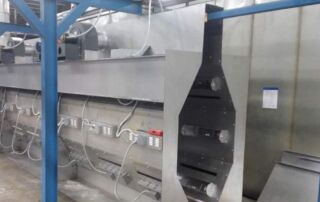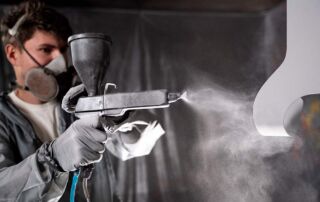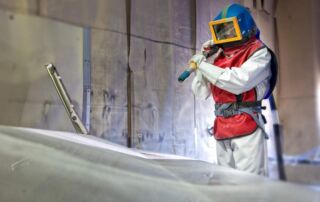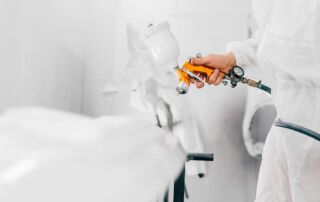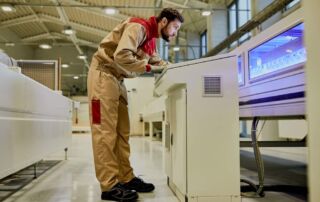Powder Coating Reclamation Systems
A powder coating reclamation system is an essential component of a modern powder coating booth, engineered to capture and reuse oversprayed powder. During the coating process, not all powder adheres to the target part. Instead of being discarded, this excess material is efficiently collected, filtered, and reintroduced into the system—often blended with virgin powder—to maximize usage and minimize waste. How the Reclamation System Works Separating and Collecting Overspray Powder booths equipped for reclamation use cartridge collectors or high-efficiency filters to draw in air containing oversprayed powder. As the air passes through the filtration system, powder particles are trapped and deposited into a recovery bin. Advanced systems may incorporate cyclone separators alongside filters. These cyclones use centrifugal force to isolate heavier powder particles from the airstream before final filtration. The result is a cleaner work environment and a higher recovery rate of usable powder. Reconditioning and Reusing the Powder Collected powder is screened to remove impurities or contaminants. It is then blended with a calculated amount of fresh (virgin) powder to ensure consistent finish quality. The blended powder is returned to [...]



